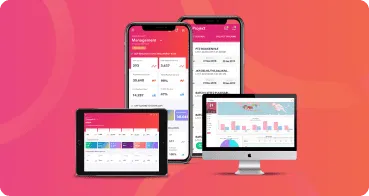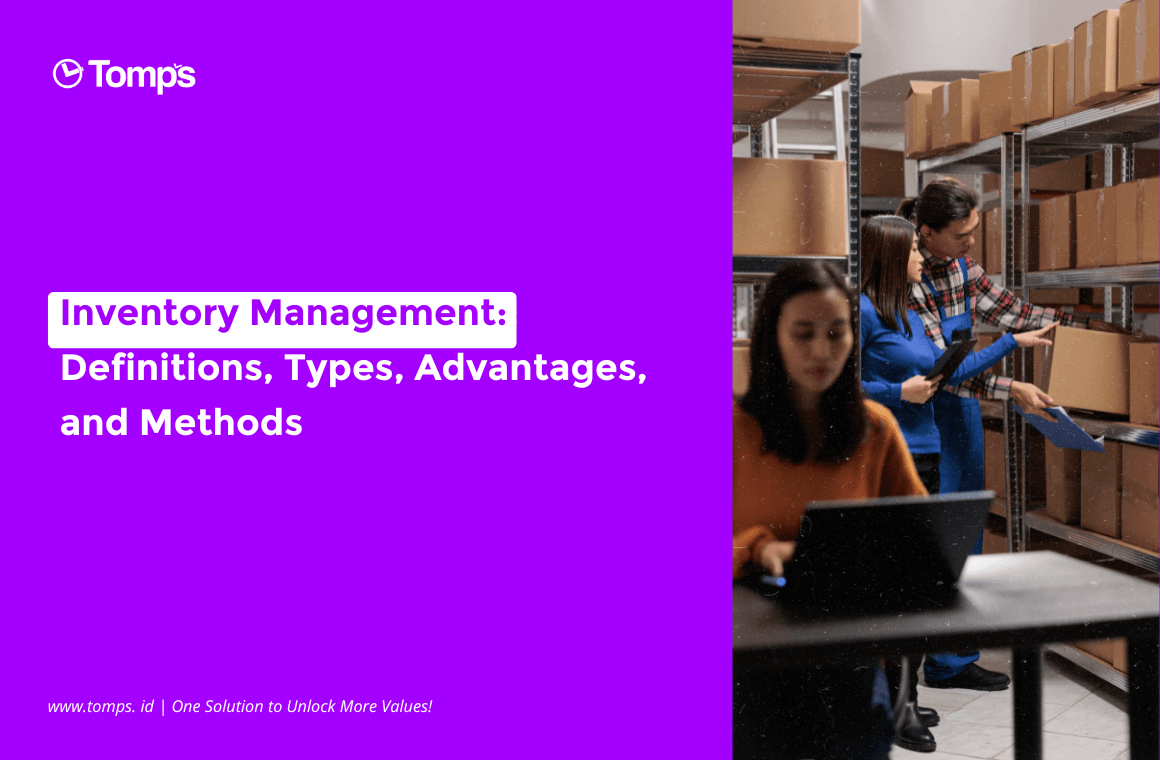Everyone looks forward to staying safe and comfortable in the spaces they live in, whether they are working, at home or playing. Despite the important role building maintenance plays in our daily lives, many of us pay little attention to building maintenance until something goes wrong, of course. Even though, successful business management of all industrial sectors depends on efficient maintenance management. In factories, hotels, shops, restaurants and other buildings, maintenance management is the key to maximizing the efficiency of equipment and facilities. If we have previously discussed building management, this article will discuss more about maintenance management and its importance for a building.
What is Maintenance Management?
Reported from Valuekeep, maintenance management is the process of maintaining a company’s assets and resources with the primary goals of controlling costs and time, managing resources, and ensuring regulatory compliance.
This management includes regular monitoring of the operation of machines, devices, systems and facilities. To avoid unforeseen events and technical failures that disrupt the company’s workflow, maintenance management allows managers to manage all processes so that everything goes according to plan and without unexpected failures.
Maintenance management uses intelligent computer software, such as MicroMain’s CMMS, to better track business resources such as labor, materials and equipment.
The Objective of Maintenance Management
Control Costs and Budget
The first objective is cost control and budgeting. The maintenance manager allocates the budget he is given to various areas of the department’s resources to ensure everything works effectively. It’s important to include funds for both planned and emergency or corrective maintenance in the budget.
Comply with Regulations
There are different types of regulations to follow, which vary by industry. Organizations in the oil and gas industry must follow FERC and EPA regulations, in addition to OSHA regulations. There are many safety regulations that must be followed by the food and beverage industry, such as those advised by the FDA. Local, state, and federal regulation compliance standards must be considered by the production team at all times.
Planning Maintenance Work
Strategic maintenance management includes scheduling maintenance work in advance. This is important because it efficiently distributes the right time and labor resources for proactive preventive maintenance tasks, helping maintenance departments reduce the frequency of major asset failures.
Ensure Personnel Safety
Another goal of maintenance management is to ensure the safety of all personnel, inside and outside the maintenance department. When maintenance is well managed, safety increases for everyone in the organization. Many machines can be dangerous when they are operating normally, but even more so when they are not working.
Minimize Equipment Failure and Production Downtime
Maintenance teams strive to maximize equipment availability, and they are better able to do this when preventive maintenance work is well managed. Maintenance technicians must be able to stay on top of preventive maintenance to keep machines running so failures and production interruptions can be minimized. At the same time, downtime cannot be completely avoided, so when a machine does need repair, it has to be done quickly and efficiently.
Extend Useful Machine Life
When maintenance tasks are delegated, prioritized and completed quickly, machines last longer. Over time, a good maintenance plan will improve reliability, availability, and maintainability. This is done through proactive maintenance work, which can include preventive, predictive and condition-based maintenance.
Improve Product Quality
When machines are better maintained, the result is an increase in product quality and a decrease in the amount or product that needs to be scrapped or reworked. Improved product quality leads to better product reviews and in turn, more satisfied customers and in turn, more sales.
Develop Improved Policies, Procedures, and Standards
The ultimate goal of maintenance management is to continually develop and improve policies, procedures, and standards that lead to better maintainability of equipment and reduced costs. For this to work, there must be mutual understanding between maintenance and other departments to plan, control and direct maintenance activities.
Maintenance Management Function
The maintenance management functions are as follows:
- Policies, rules and regulations should be developed to make maintenance work more efficient and effective.
- To carry out maintenance operating procedures that must be carried out in a timely manner so that maintenance work is not delayed.
- Ensuring that the organization complies with rules, regulations, and policies.
- To ensure effective and cost-effective maintenance as well.
- Ensuring the parts of the facility work properly.
- Document all maintenance activities carried out every day including expenses.
- To provide effective maintenance work, the maintenance team needs an inventory.
- Track assets, equipment and machinery to keep them safe from theft.
- To ensure that equipment is not neglected and provide timely maintenance.
Types of Maintenance Management
Reactive Maintenance (RM)
Reactive maintenance (also known as corrective maintenance) is performed in response to asset failure. RM is usually intended for low priority equipment, which does not affect the company’s production or revenue.
Preventive Maintenance (PM)
Preventive maintenance involves scheduling regular and routine repairs to prevent unplanned maintenance and equipment downtime. It targets high-priority equipment that significantly impacts business operations and high repair costs.
Predictive Maintenance (PdM)
Predictive maintenance uses Internet of Things (IoT) devices and predictive analytics software to assess equipment condition in real-time and detect signs of anomalies or breakdowns that could lead to failures as predefined in software.
Asset and energy intensive industries such as oil, gas, power and manufacturing are early adopters of PdM technology as its application can help them improve asset performance and workplace safety as well as optimize energy consumption by a large margin.
Reliability-Centered Maintenance (RCM)
RCM focuses on optimizing the maintenance strategy for each asset. It aims to discover failure modes over time and improve equipment reliability and safety.
Definition of Building Maintenance Management
Building maintenance management is the coordination of maintenance activities designed to maintain, repair and upgrade buildings and their related systems and provide a safe, livable, comfortable and functional environment in a cost-effective manner. It includes all the tasks that make a space “livable” and ensures that key building systems, such as electrical, plumbing, fire prevention and HVAC, work efficiently.
Building maintenance management also covers the building structure including floors, walls, ceilings, roofs and fittings. In addition, building maintenance can cover the exterior of the building and include painting, cleaning, landscaping and land maintenance.
Building maintenance management is one of the most important parts, because building maintenance includes all the maintenance work that ensures the building is safe and tidy, and that all building systems are working properly. Thus, it is necessary to have a special department for maintenance management in a building.
How to Choose the Right Maintenance Management
To choose the right maintenance management, you must make a decision based on several strategic questions in choosing it, including:
- Does the total cost of failure exceed the cost of maintenance?
- Does each task address a specific failure mode?
- Is handling the failure at the optimal point?
- Is this the cheapest and most effective option for the failure mode?
Before you answer each of these questions, see:
- criticality matrix
- historical data, including preventive maintenance vs repair data
- root-cause analysis (FMEA, FTA, 5 Whys) for common failures
If the cost of failure does not exceed maintenance
Failure costs must account for losses in production, potential fines and repair costs. If the total is less than the cost of maintenance, then it’s cheap and easy to complete – consider implementing reactive maintenance.
Please note: countless other factors, such as security and compliance, must also be taken into account. However, if the asset has a high level of criticality, it is unlikely that the failure costs will exceed the maintenance costs.
If maintenance actions do not resolve the specified failure mode
You may engage in excessive maintenance. Re-evaluate your criticality matrix and decide if the maintenance action can be performed by the employee operating the equipment.
Otherwise overcome the failure at the optimal point
Chances are you’re engaging in over-maintenance again. If this is preventive maintenance, reassess the plan to see if you can change from time-based maintenance to usage-based maintenance.
The other options are, of course, condition monitoring or predictive maintenance. But don’t forget the first question: do failure costs outweigh maintenance costs? Calculate costs, compare different techniques, and make a decision.
If it is not the most cost-effective option
If a maintenance strategy is expensive but effective, especially when it comes to high criticality assets or assets that are difficult to repair (low maintainability), stick with it. If effectiveness is limited, consider switching to condition monitoring (for critical assets) or reactive maintenance (if repairs are quick and inexpensive).







